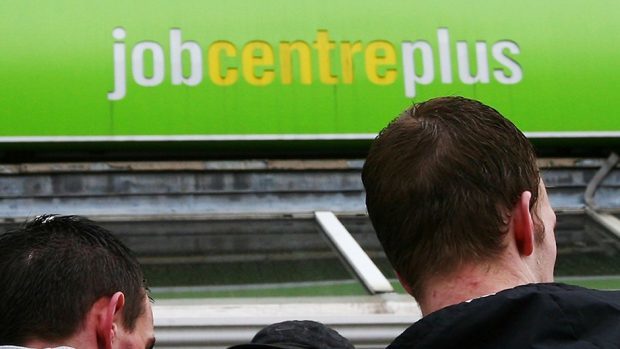Unemployment has fallen by 25,000 in three months, bringing the jobless total in Scotland to the lowest level since 2008 and below the UK rate
Figures for the period June to August showed 127,000 people were out of work, 44,000 fewer than the same period in 2015, with Scotland’s unemployment rate 4.6%, compared to 4.9% for the UK as a whole.
The Office for National Statistics’ (ONS) data also showed employment declined over the same period. The number of people in work decreased by 8,000 to 2,618,000, although the total was still 7,000 higher than in the same period in 2015.
There are now 34,000 more women economically inactive in Scotland than there were at this time last year.
Scottish Secretary David Mundell said: “I am pleased to see unemployment falling again in Scotland and it now at its lowest level since 2008.
“But it is worrying that employment is down and more people are dropping out of the labour market in Scotland when the rest of the UK is seeing employment up.
“The levers to shape the economy are there for the Scottish Government to pull. They need to start focusing on the day job and how they can use their new powers to support the Scottish economy.”
Holyrood employability minister Jamie Hepburn said the statistics showed the Scottish Government’s policies and investment were helping to reduce unemployment.
He added: “We will not be complacent and are absolutely committed to taking action to tackle inequalities and increase employment rates.”
Liz Cameron, chief executive of the Scottish Chambers of Commerce, said the figures presented a “mixed picture.”
She said: “The large fall in unemployment is good news, but overall levels of employment in Scotland have fallen, economic inactivity is rising, as has the number of those claiming benefits.
“Against a background of Scottish economic growth which has lagged below overall UK growth levels since April 2015, it is clear that challenges remain to be addressed, including the need to grow Scotland’s productivity, which remains low by international standards.”
Andy Willox, the Federation of Small Businesses’ Scottish policy convener said: “While we’ve still got to strive to boost the proportion of adults in work, this is good news.
“The challenge for our political leaders is to think first about the impact on smaller firms, jobs and local economies when they are making key decisions.”
Dr Stuart McIntyre of the University of Strathclyde’s Fraser of Allander Institute said understanding why there had been substantial numbers, particularly of women, exiting the lour market would be key to shaping future government policy.
While Scotland had a better unemployment rate than the UK, the employment rate was worse, at 74% compared to 74.5% across Britain.
There was also a slight increase in the number of Scots out of work and claiming jobseeker’s allowance, which rose by 600 over the month to 55,000 in September. The total is significantly lower than it was the previous year, having fallen by 15,500 from September 2015.
